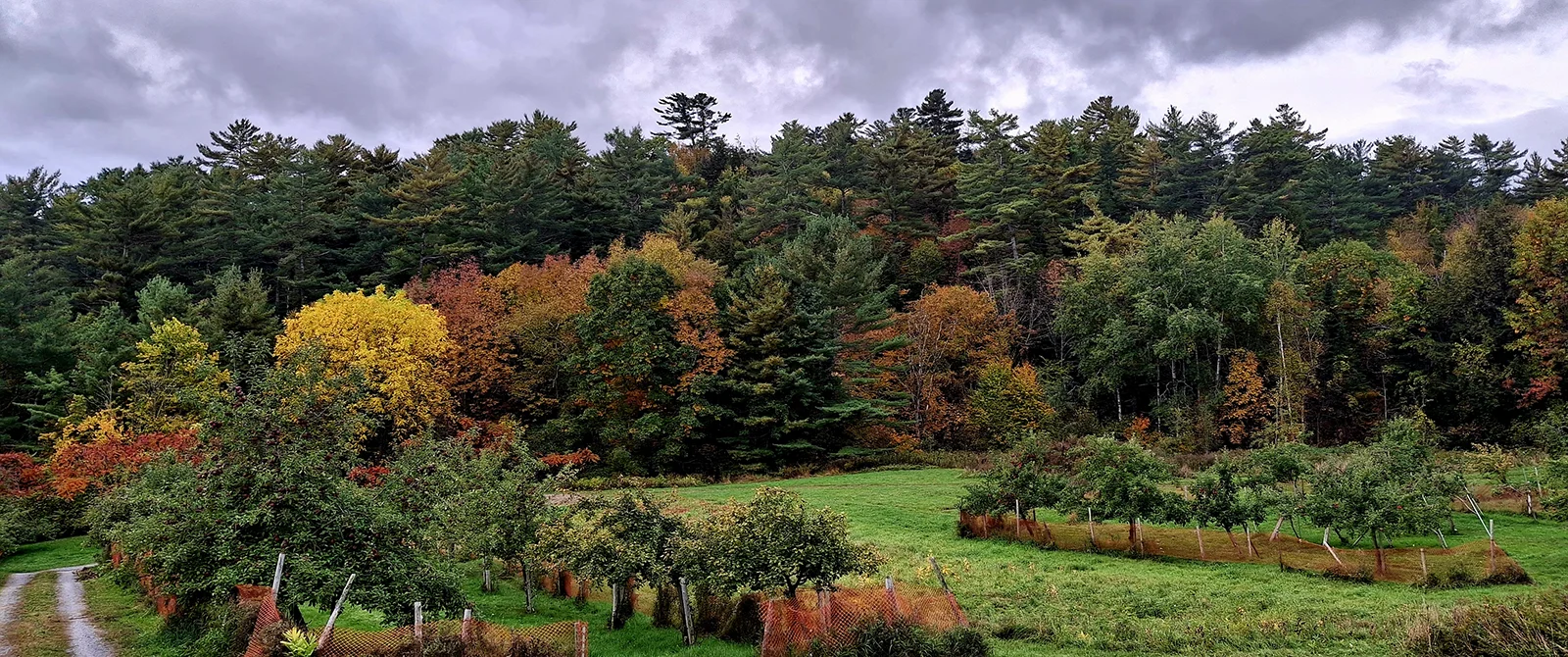Originally published in Lake of the Woods Area News, Volume 55, Number 2, Spring 2025
As many homeowners know, we can invest lots of hours in repairing, renovating, and upgrading our homes to make it something that expresses who we are and stands the test of time. Now, consider applying that same passion to the forested property you may live on.
There is increasing evidence that “doing nothing” to your woodlot (a term for a forested piece of property) is not the best course of action to preserve the ecological health and integrity of your forest. Left unmanaged, forests can become overgrown with invasive species, suffer from disease, or lose biodiversity over time. The question that arises is: what does it look like to do “something”? It is a question that has many answers and solutions, and you may be more prepared to answer it than you think.
First, I recommend sitting down and thinking about your long-term goals and concerns for your woodlot; maybe that’s wildlife values, economic benefits, recreational activities, or a combination of these and more. Once you have your values in order, start reaching out to local organizations that can help you create a plan that is suitable to your property, its needs, and your own. Alternatively, you can even write your own plan and have it approved by a certified professional.
At this point, you may be starting to see the large financial and time commitment it takes to create a management plan for your property that works for you in a sustainable, long-term way. As mentioned, speaking with local land stewardship and/or woodlot owners associations is a great place to start as they may have their own programs and community aids to help cover those costs. Fortunately, the province of Ontario also has a managed forest tax incentive plan (MFTIP) program.
Under a MFTIP, your woodlot is classified as a managed forest and is taxed at 25 per cent of your municipal residential property tax.
You qualify for a MFTIP if you are a Canadian citizen, corporation, or conservation authority and your property is in Ontario. The piece of property must cover at least four hectares (9.88 acres) and is contained on one property with one municipal roll number. Finally, your property needs to have a certain number of trees of various sizes. Measurements can be done by you or by hiring a professional.
To enrol in the program, you must hire a managed forest plan approver (typically a registered professional forester) to work with you to write a 10-year forest management plan. This plan requires property owner information, location information and history, maps of the property and surrounding area, your goals and objectives, descriptions of parcels of forest to be managed, the actions you will take to manage your woodlot over 10 years, and a required progress update in the fifth year. It is encouraged that your MFTIP includes planting native tree species, the outlining of any recreational activities, the promotion of wildlife and habitat management, protecting environmentally sensitive areas, and an ongoing initiative to learn about your forest.
This all may seem overwhelming, but there are plenty of resources to start your journey and take action with your property.
The Ontario Ministry of Natural Resources and Forestry is a great place to begin; they have all the information about MFTIPs mentioned above and even more on best forest management practices. Visit ontario.ca/page/managed-forest-tax-incentive-program-guide.
Additionally, connecting with conservation groups, local foresters, or even other woodlot owners can provide invaluable insight. If you are looking for a registered forest professional to ask questions or find help in learning about your property, try looking in the active registry of the Ontario Professional Foresters Association (OPFA) online at opfa.ca/contact-us/#directory.
By becoming a steward of your land, you not only enhance its value and beauty but also play a role in preserving Ontario’s forests for years to come.
The time you invest today can ensure that your woodlot remains a thriving ecosystem, providing benefits to you, your community, and future generations. Now is the time to take the first step and make a lasting difference.
